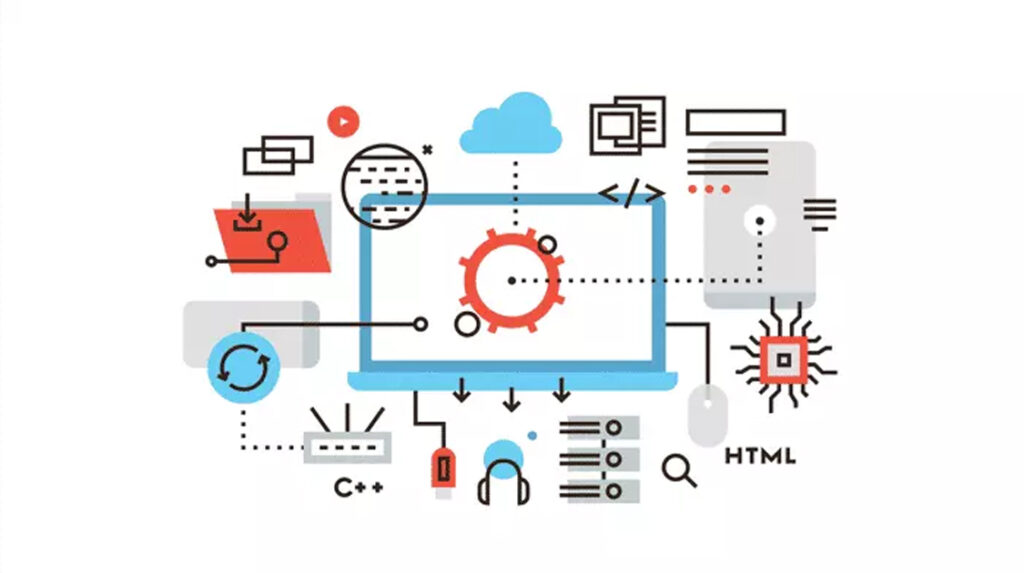
Software designing is the process of defining software requirements, architecture, components, interfaces, and other characteristics necessary to build a software system that meets specified criteria. It involves various stages and activities aimed at creating a blueprint for the development of software that is scalable, maintainable, and efficient. Here’s an overview of the key aspects of software designing:
- Requirements Analysis: This phase involves gathering and analyzing requirements from stakeholders to understand what the software system needs to accomplish.
- System Design: In this phase, the high-level architecture of the software system is defined. This includes identifying components, their interactions, data flow, and interfaces.
- Detailed Design: Once the system design is in place, detailed design focuses on refining the architecture into more detailed specifications. This involves designing individual modules, algorithms, data structures, and databases.
- User Interface Design: This aspect focuses on designing the user interface components of the software, ensuring usability, accessibility, and user experience.
- Database Design: If the software involves data storage, database design involves defining the structure of the database, including tables, relationships, and constraints.
- Component Design: This involves designing individual software components or modules, including their interfaces, data structures, algorithms, and functionality.
- Architectural Patterns: Choosing appropriate architectural patterns (such as MVC, MVVM, etc.) based on the requirements and constraints of the software system.
- Design Patterns: Utilizing design patterns to solve common design problems and promote maintainability, scalability, and reusability.
- Quality Attributes: Ensuring that the software design addresses key quality attributes such as performance, security, reliability, and maintainability.
- Prototyping: Building prototypes to validate design decisions and gather feedback from stakeholders before full-scale development.
- Documentation: Documenting the software design, including architectural diagrams, design decisions, and rationale, to facilitate understanding and future maintenance.
- Testing Strategy: Defining the testing strategy during the design phase, including unit testing, integration testing, and system testing.
- Scalability and Extensibility: Designing the software with scalability and extensibility in mind to accommodate future growth and changes in requirements.
- Risk Management: Identifying and mitigating potential risks associated with the software design, such as technology dependencies, performance bottlenecks, and security vulnerabilities.
- Compliance and Standards: Ensuring that the software design complies with relevant standards, regulations, and industry best practices.
Overall, software designing is a crucial phase in the software development lifecycle, laying the foundation for building robust, efficient, and maintainable software systems. It requires a combination of technical expertise, domain knowledge, and communication skills to translate requirements into a well-designed software solution.